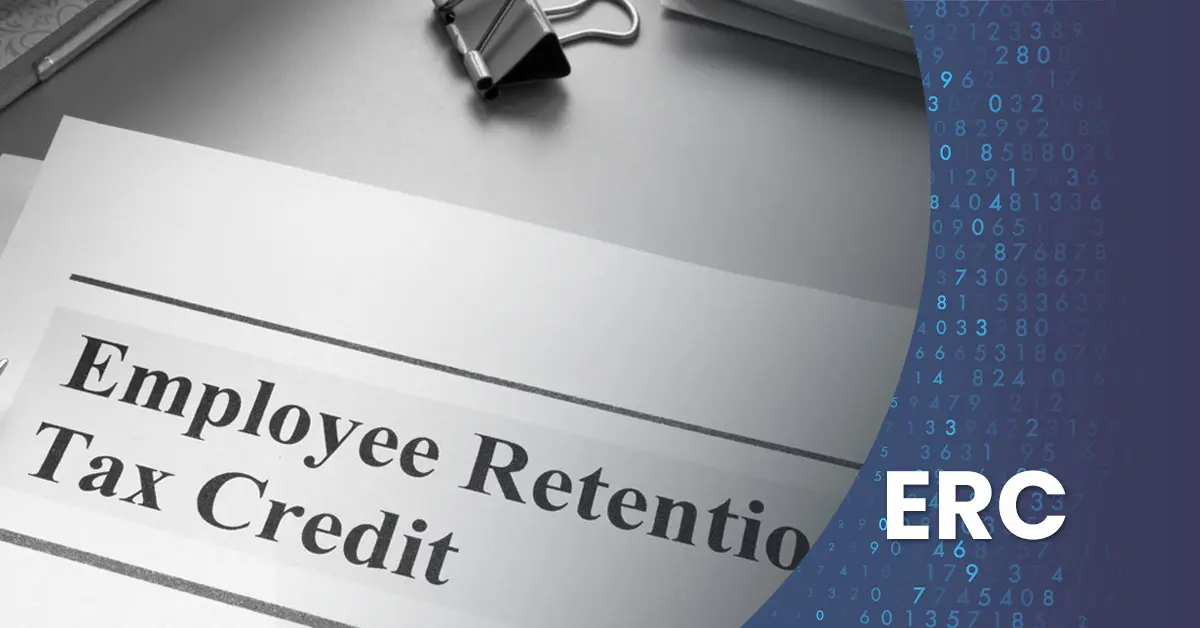Due diligence is an essential part of a successful merger or acquisition transaction. It involves a comprehensive review of all aspects of the target company, including financial, operational, legal, and tax. By examining these areas, investors can understand the target company’s financial health, potential risks, and growth opportunities, facilitating informed decision-making around negotiating transaction agreements.
One of the primary goals of due diligence is to identify and quantify potential liabilities in a transaction and translate those into actionable representations and warranties in a purchase agreement. The due diligence team should be familiar with the primary risks of the target company prior to starting a project. This understanding will allow the team to tailor the project’s detailed scope of work, translating into a thoughtful and timely due diligence execution plan.
Bridging the gap between due diligence findings and contractual obligations ensures clarity, transparency, and risk mitigation for all parties involved. Based on the results, the buyer can identify specific representations and warranties the seller should make. Representations are factual statements about the company, while warranties are promises made by the seller about the accuracy and validity of those statements. These provisions assure the buyer of the seller’s commitment to the disclosed information and protect the buyer’s interests in the transaction.
Defining the representations’ and warranties’ scope and specificity is crucial to ensure a robust purchase agreement. They should be comprehensive, covering all material aspects of the business that emerged during due diligence. Specific provisions may include financial information, tax matters, outstanding liabilities, intellectual property rights, compliance with laws and regulations, the operation of the business, and any other relevant areas. By precisely delineating the boundaries of these provisions, clarity, and certainty are established for both parties.
Negotiating the purchase agreement involves striking a delicate balance in allocating risks between the buyer and the seller. The buyer seeks to minimize risks by obtaining broad representations and warranties, while the seller aims to limit their liability. Both parties achieve their goals by negotiating caps on indemnifications, survival periods for representations and warranties, and other provisions that distribute risk to all parties.
Engaging legal counsel experienced in mergers and acquisitions is vital in translating financial due diligence into a purchase agreement. Attorneys navigate the complex nuances of transaction documents, ensuring that the representations and warranties accurately reflect the due diligence findings and comply with relevant laws and regulations. In addition, their guidance in drafting the purchase agreement and crafting explicit, enforceable provisions is invaluable in creating a solid foundation for the transaction.
Disclosure schedules are included in the purchase agreement to address any exceptions or deviations from the representations and warranties. The seller prepares highly detailed plans and outlines most of the information provided during the due diligence period. The buyer reviews these disclosures and may negotiate specific provisions related to the exceptions. Disclosure schedules promote transparency, ensuring both parties know of any material discrepancies.
The negotiation process related to the representations and warranties is iterative. It entails thorough discussions, revisions, and refinements to align the provisions with the due diligence findings and the interests of both parties. It should be a collaborative effort between the buyer and seller to achieve a fair and mutually beneficial agreement, not simply a negotiation between the attorneys.
Translating financial due diligence findings into actionable representations and warranties within a purchase agreement is complex. It is a critical component of the transaction agreement and impacts the allocation of risk between buyer and seller post-close. Spending time getting this right is essential to protecting value.

 Previous
Previous








